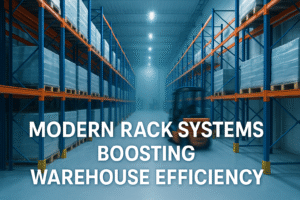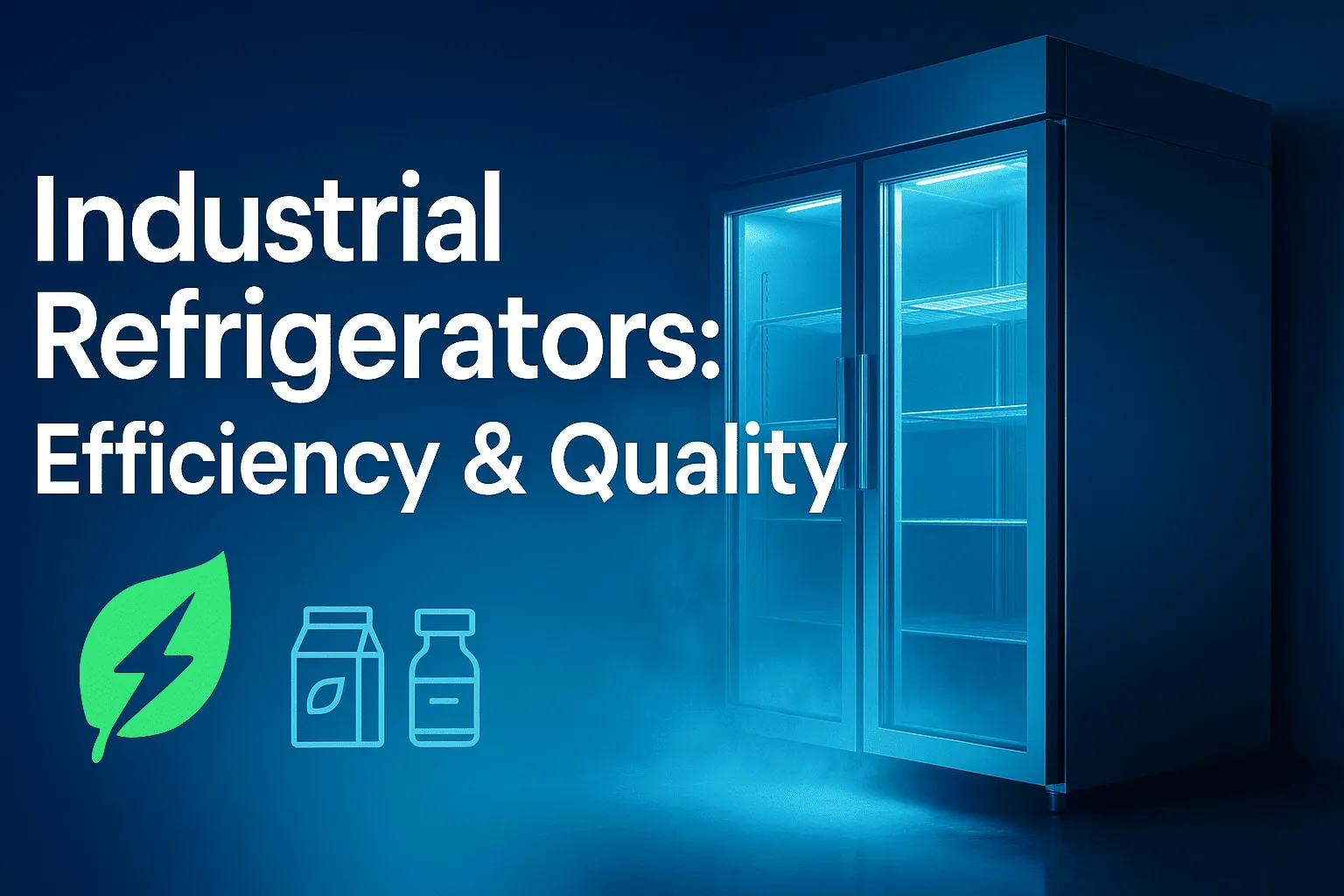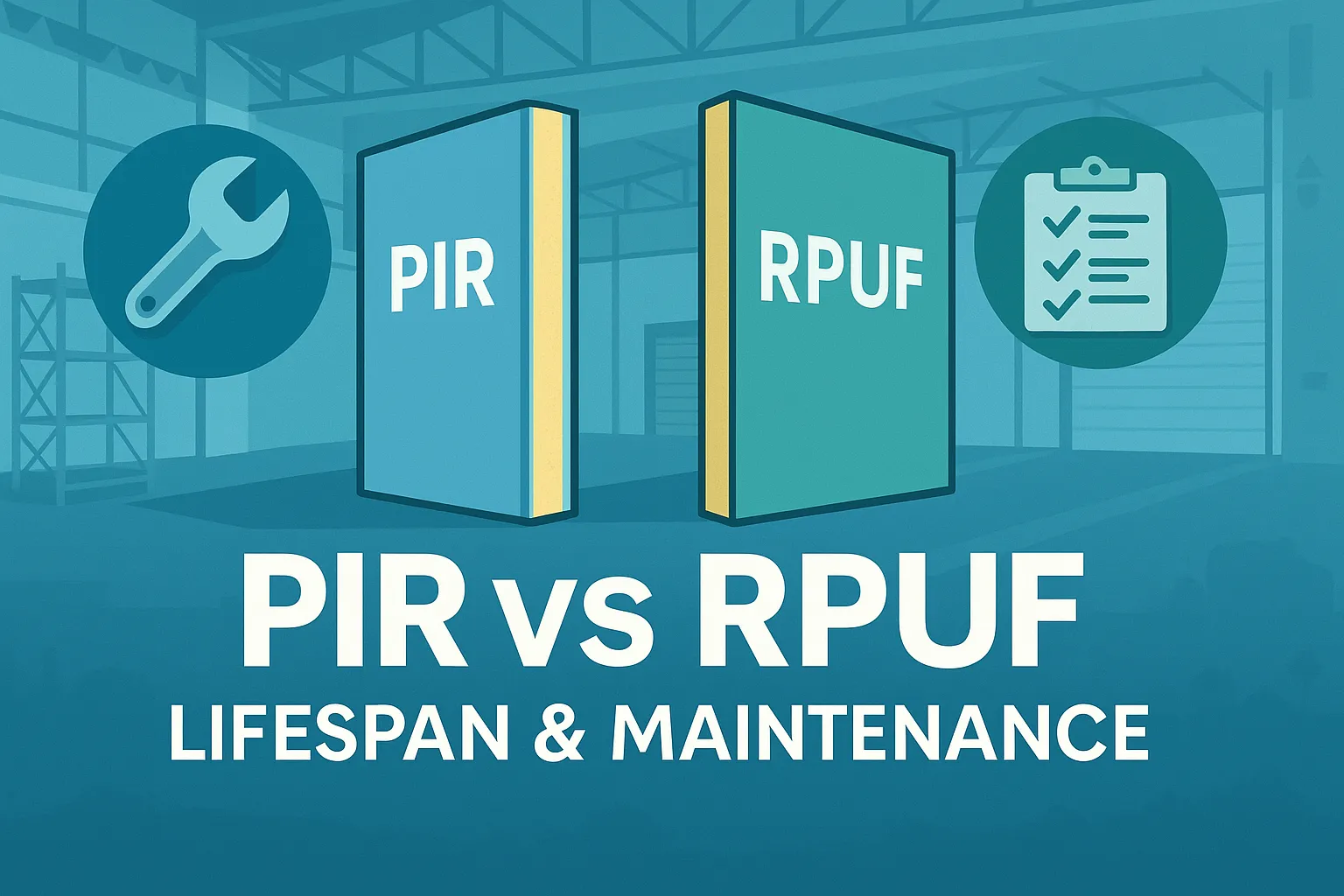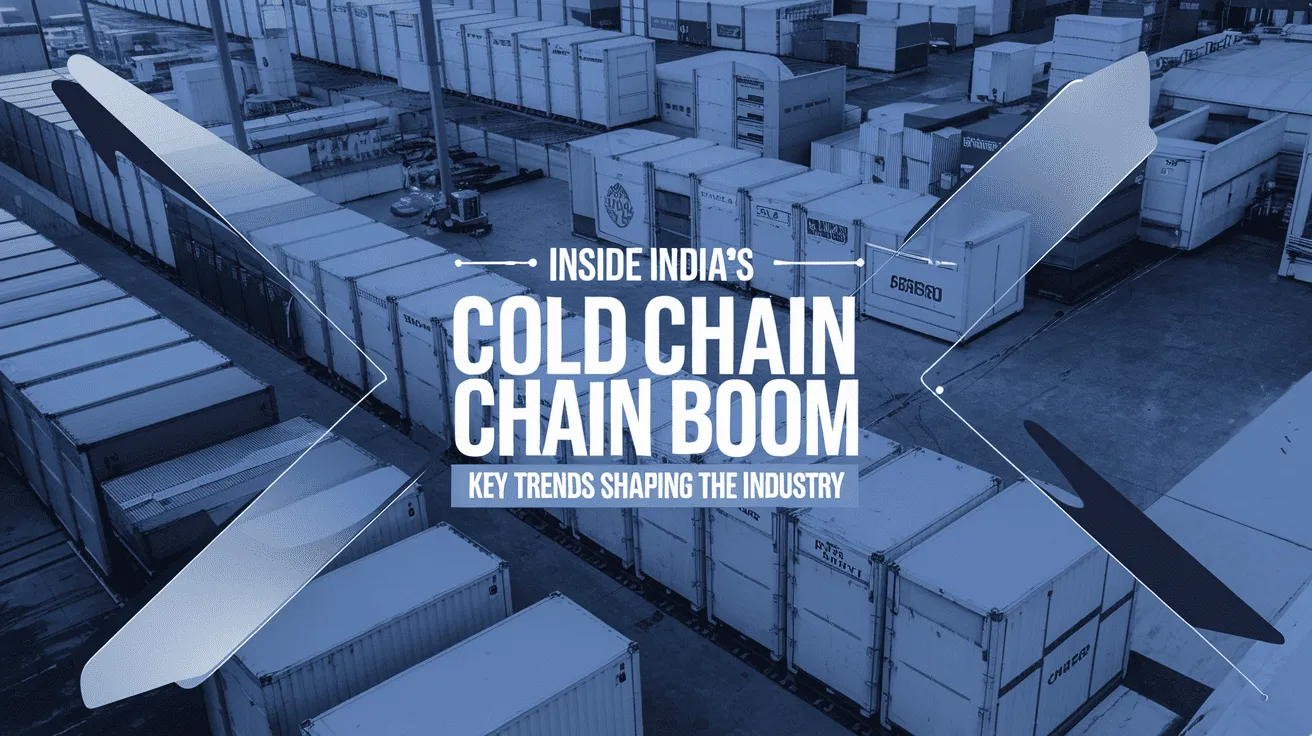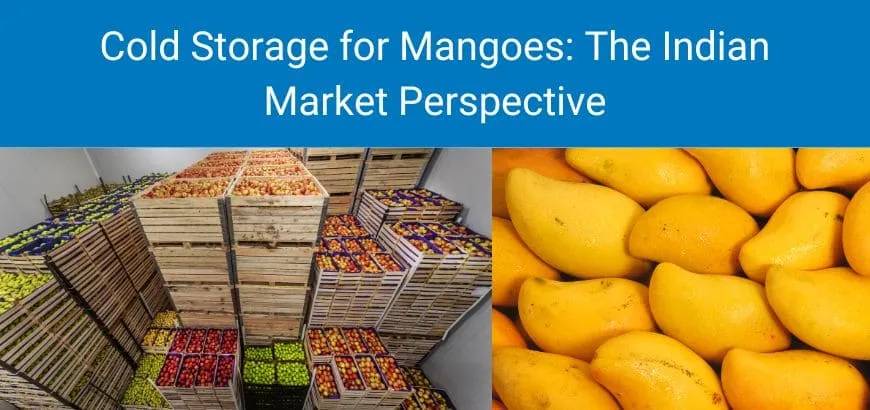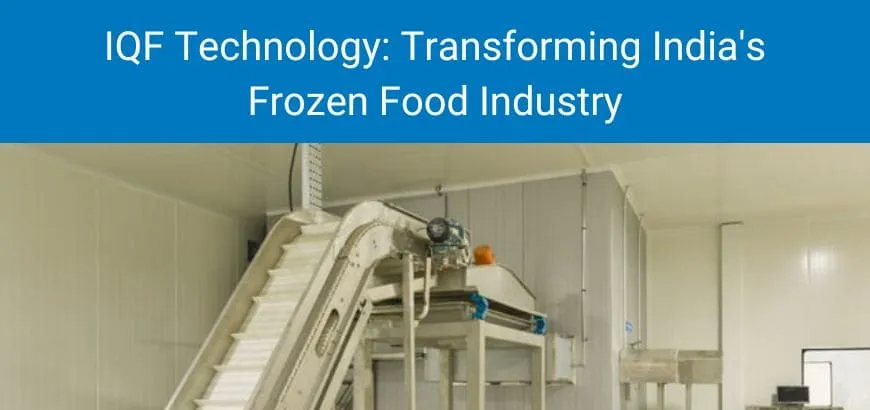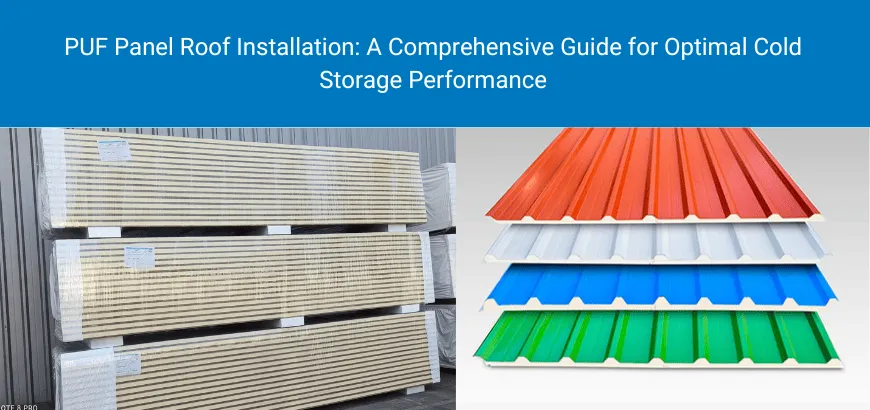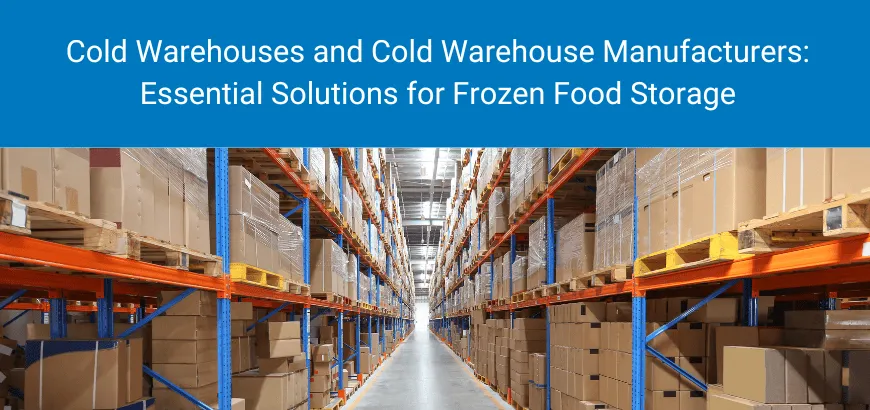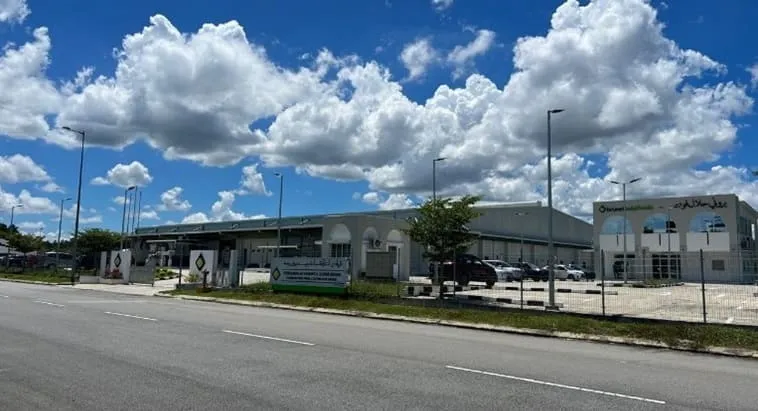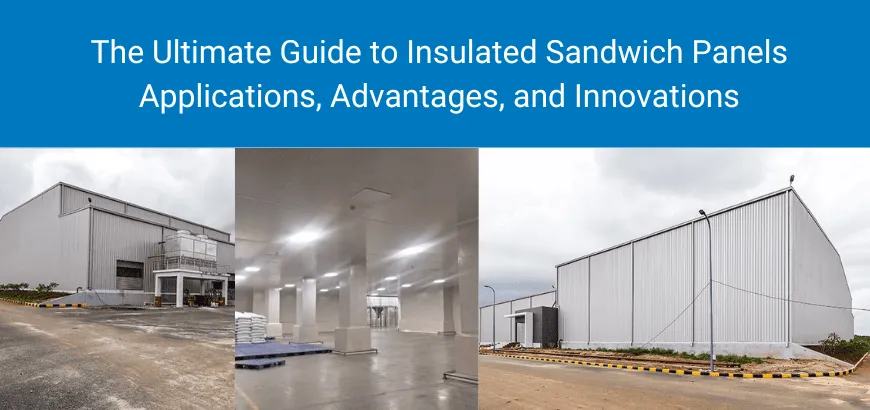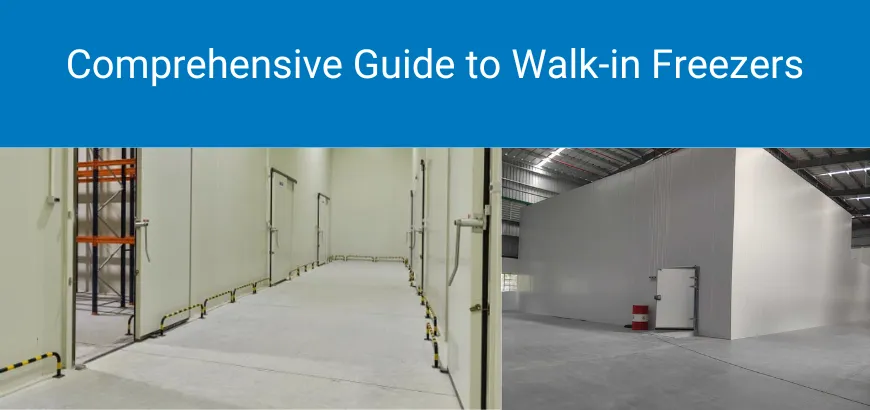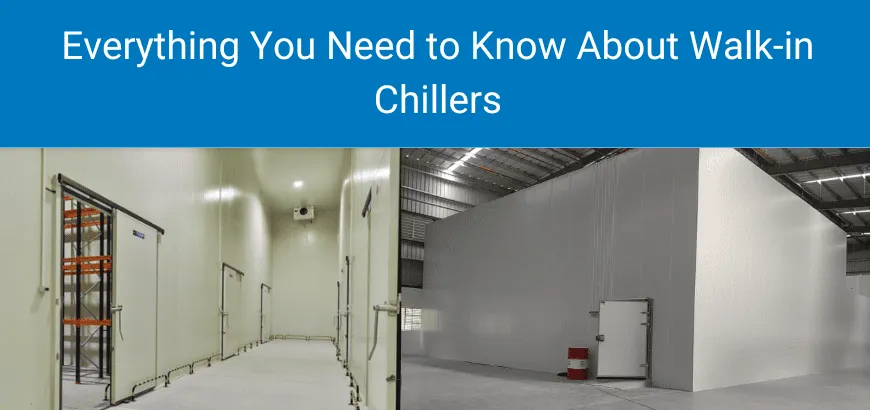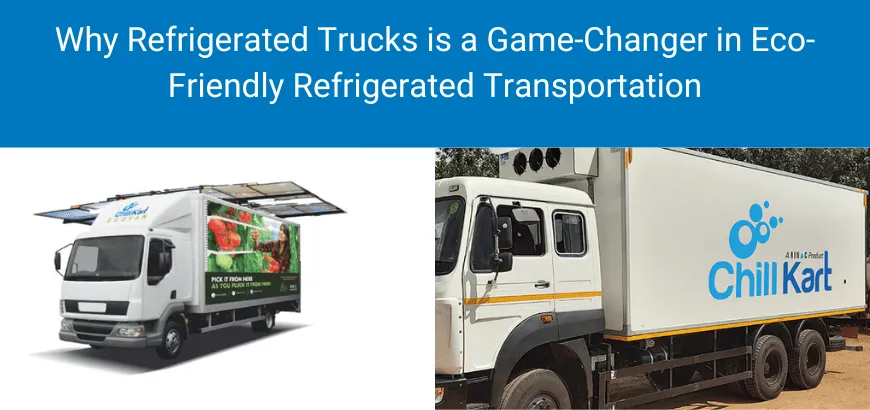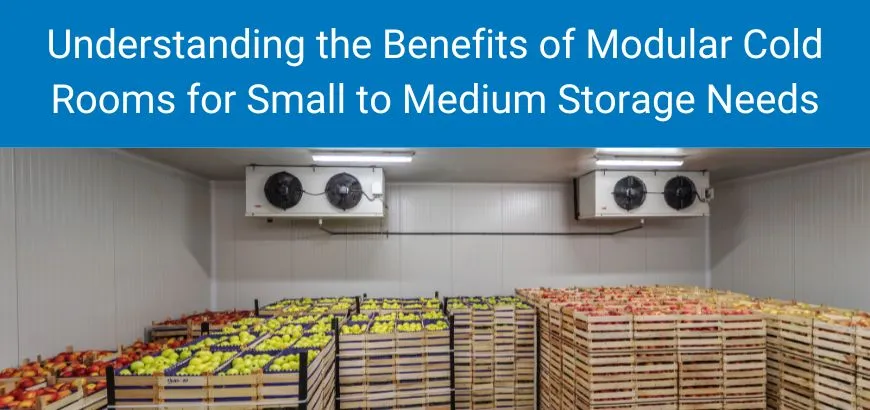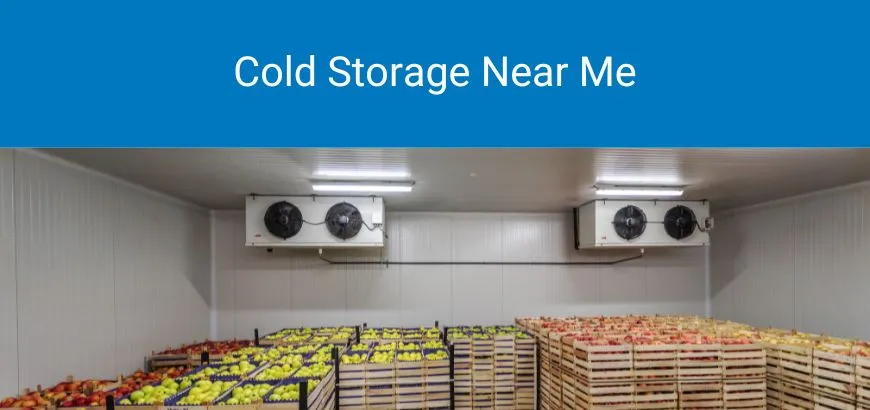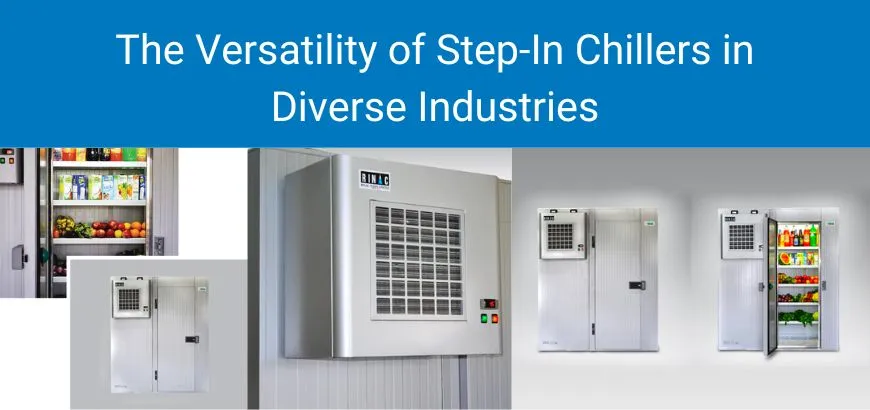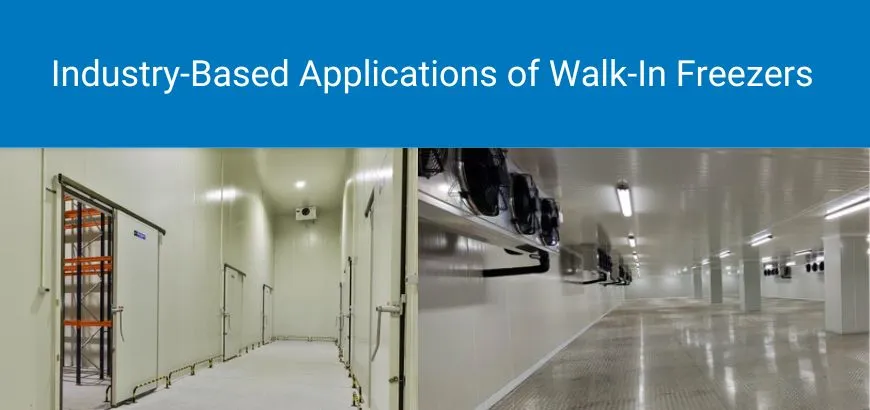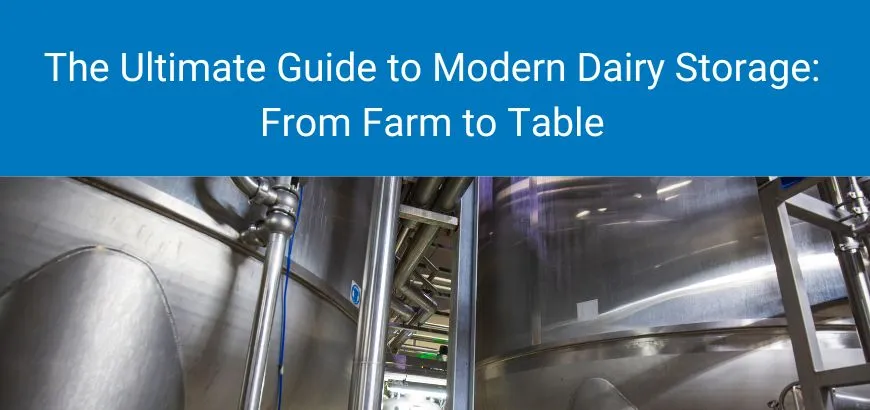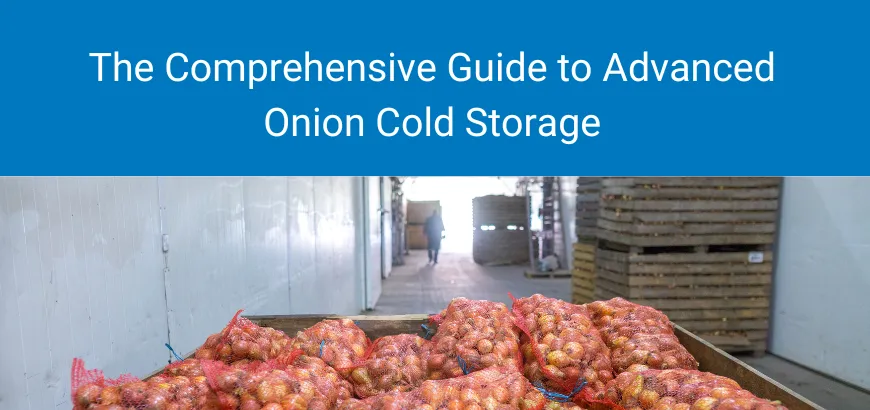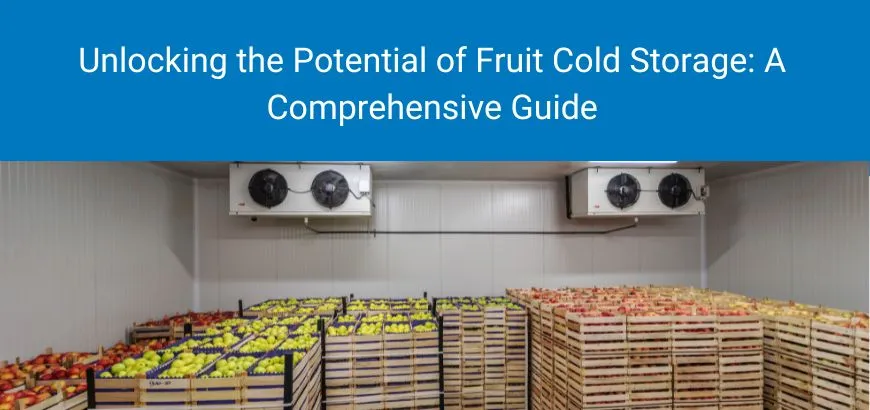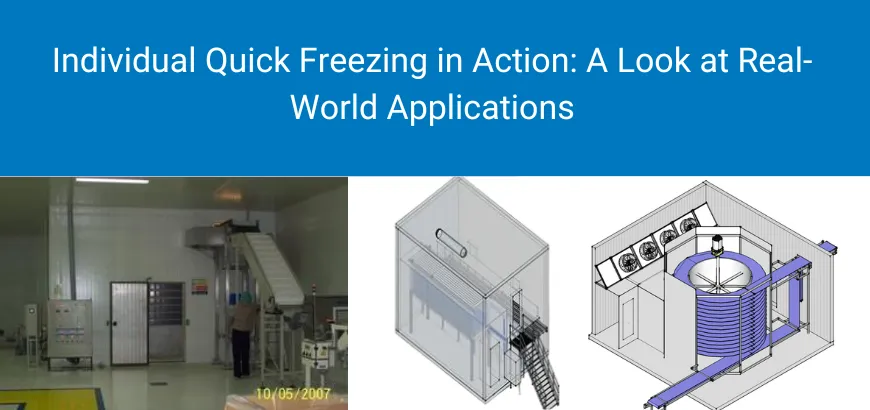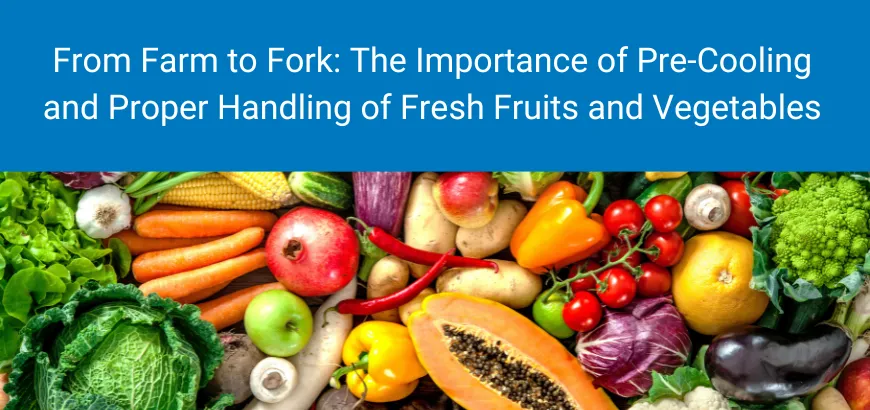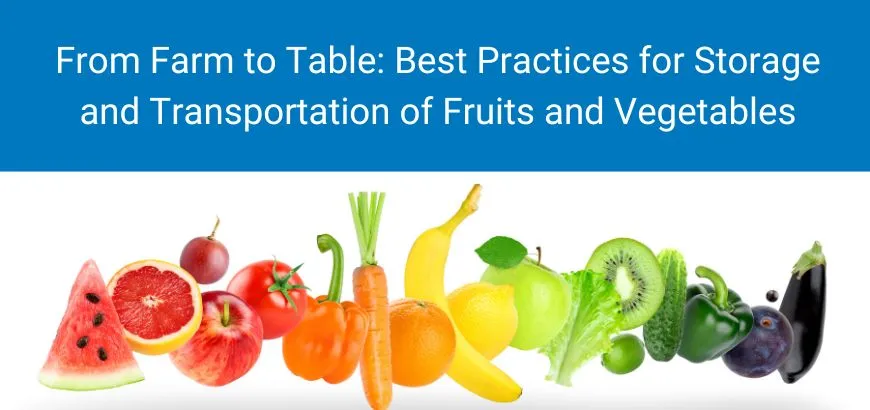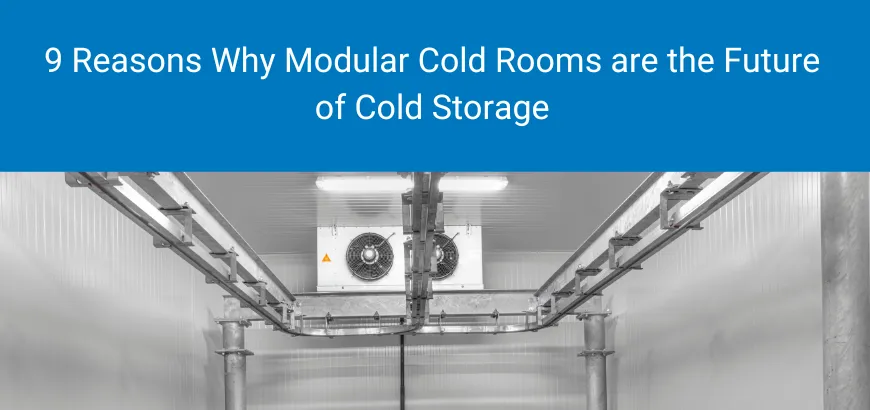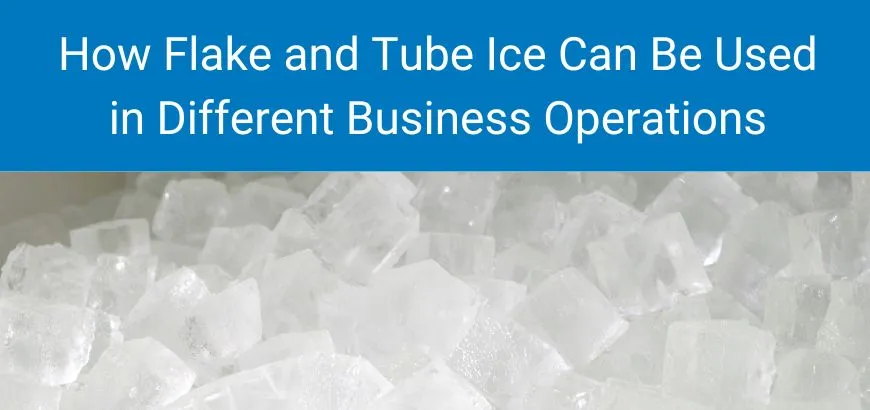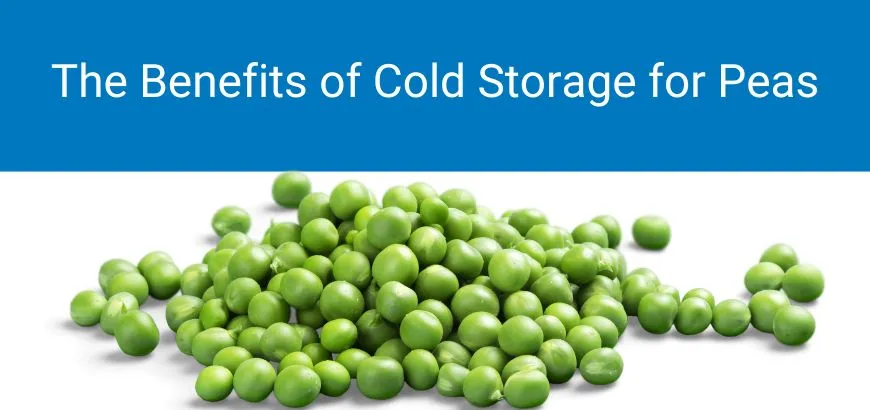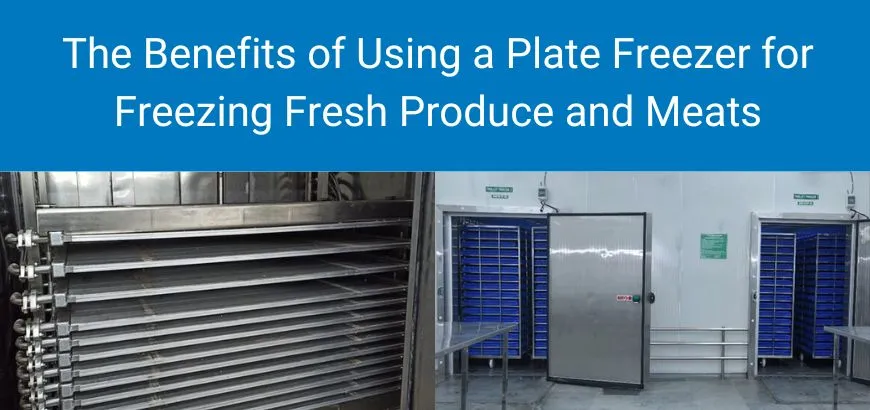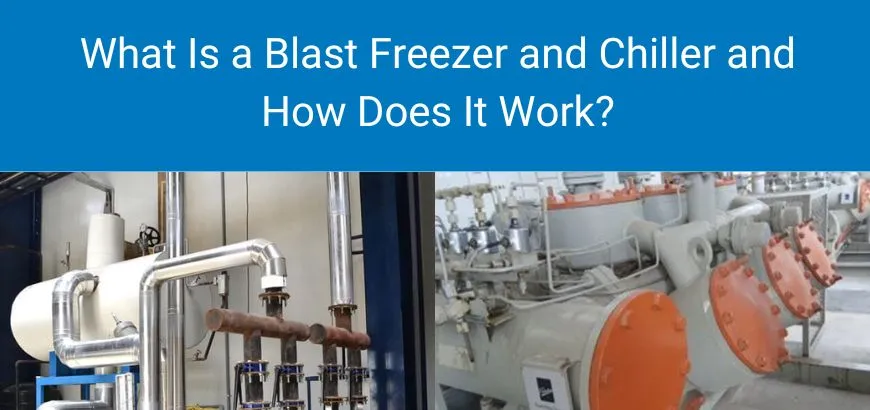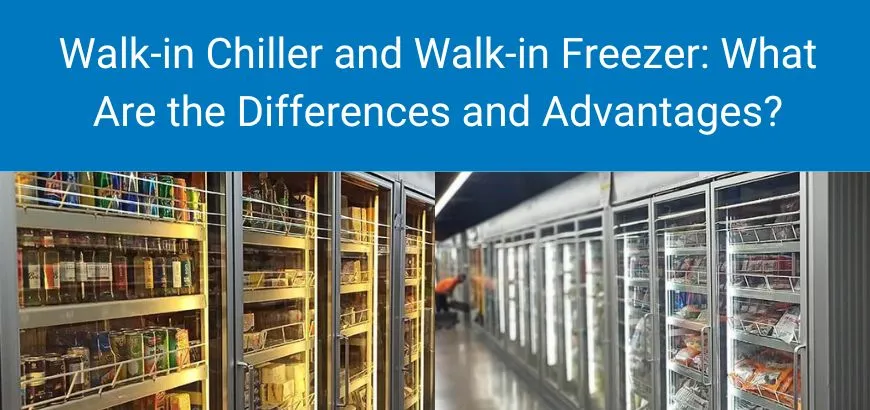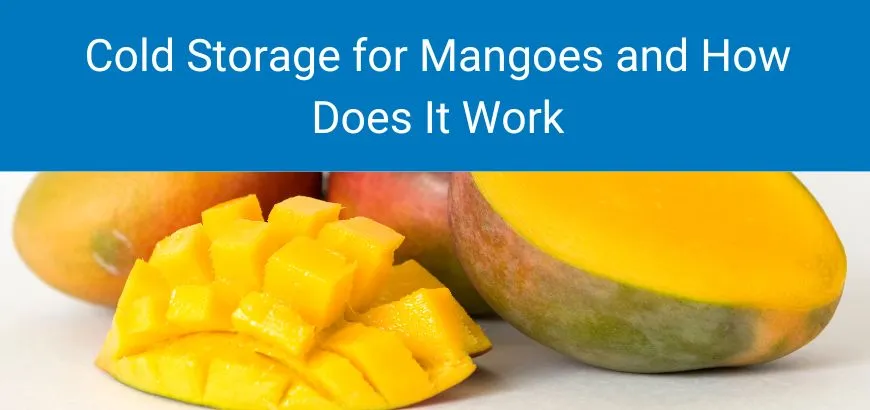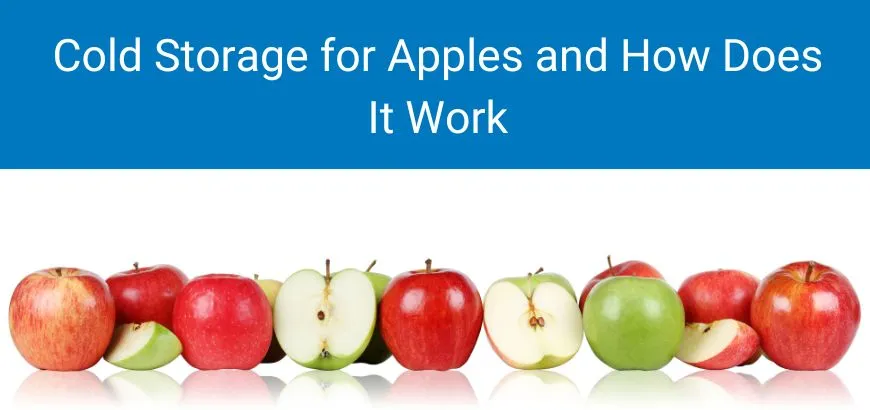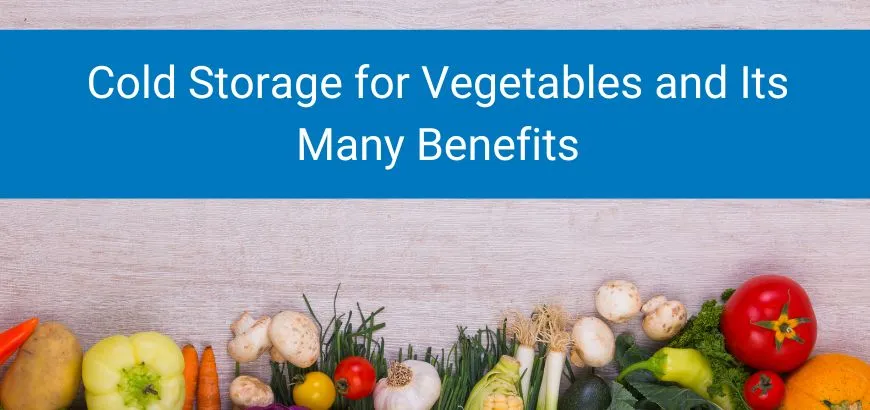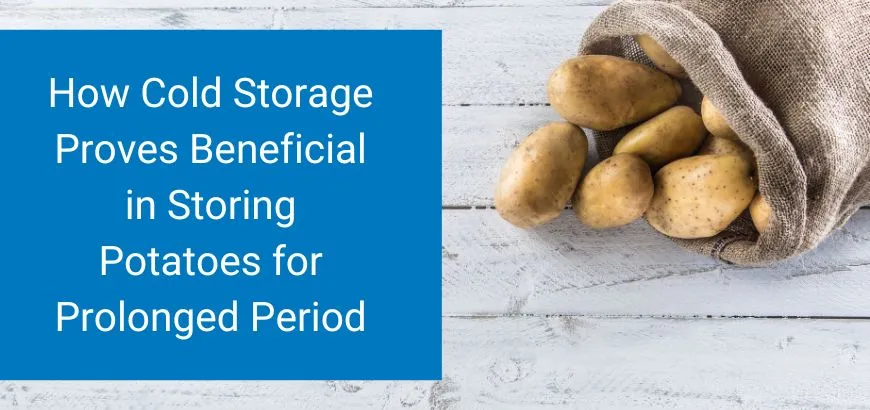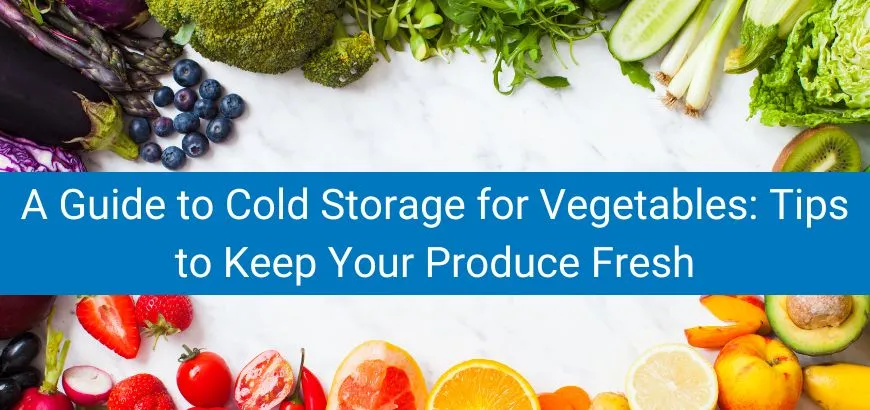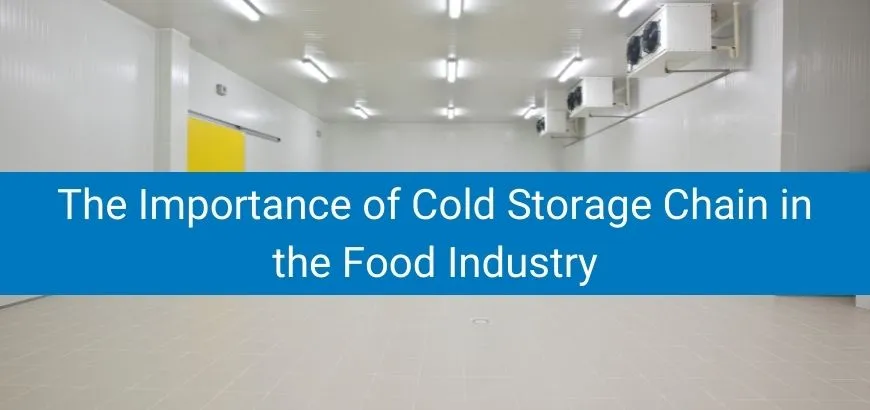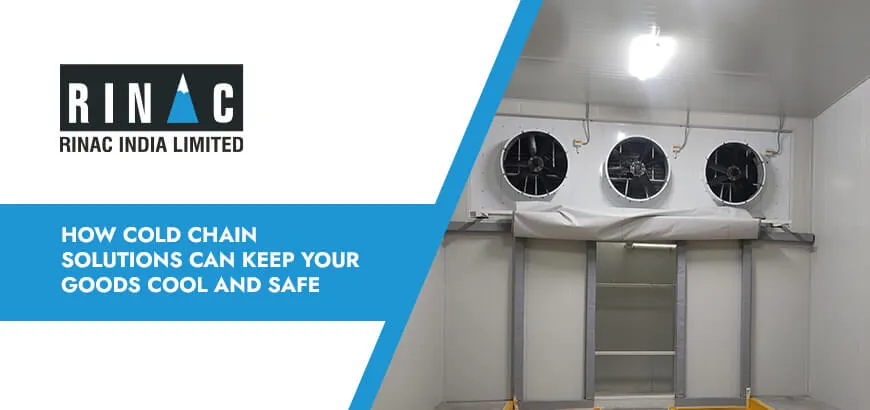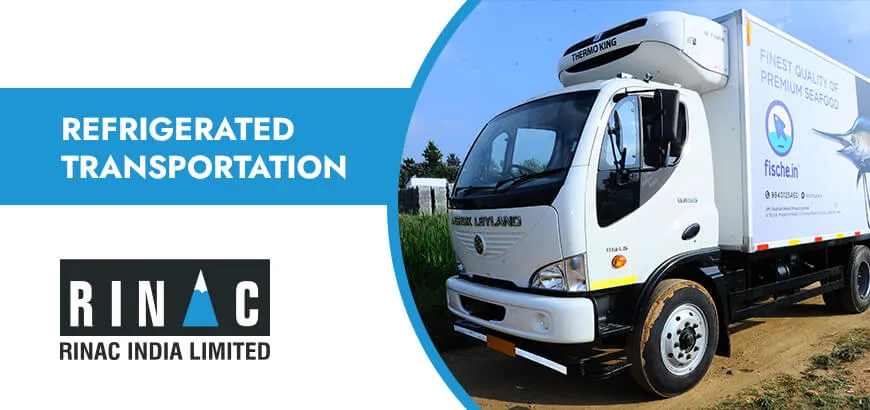What Is a Cold Storage Warehouse and How Does It Work?
In today’s global marketplace, the demand for perishable goods—from food products to pharmaceuticals—has witnessed an exponential increase. This has, in turn, increased the reliance on cold storage warehouses for preserving the quality and extending the shelf life of temperature-sensitive products. Businesses, thus, need to be well aware of what a cold storage warehouse and how it works to avoid any unwanted product or financial losses.
So, let’s understand all you need to know about cold storage warehouses.
What Is a Cold Storage Warehouse?
A cold storage warehouse is a specialized storage facility or infrastructure designed to maintain lower temperature ranges to store and preserve perishable products. These warehouses are the essential components of the supply chain for food, pharmaceuticals, and other perishable goods, ensuring their freshness, safety, quality, and integrity until they reach consumers.
Its growth in the cold chain is evident from the fact that the overall volume of cold stores or refrigerated warehouses around the globe is about 600 million cubic meters.

Image source: Cold Chain Technology Brief, UNEP
What Are the Benefits of Cold Storage Warehouses?
Low temperatures reduce the growth of microorganisms and delay metabolic reactions or physical and chemical changes in food that end up deteriorating or compromising its quality and integrity. Thus, cold storage warehouses help prolong the shelf-life and retain the nutritional value and integrity of temperature-sensitive perishables products. But there’s more to it.
Storing and preserving temperature-sensitive products in cold storage warehouses offer the following additional benefits:
- Extended shelf life of the products
- Reduced product spoilage and wastage
- Improved quality and integrity, leading to customer satisfaction
- Flexibility in inventory management, making the products available in off seasons as well
- Multi-commodity warehousing and storage in one place
- Sufficient storage capacity and effective use of space
- Efficient inventory management
- Easy access for transportation
Which Products Require Cold Storage?
Any business or industry that deals with products that are sensitive to temperature and can degrade or lose their integrity when subjected to temperature can be stored in cold storage warehouses.
- Fruits and vegetables
- Meat, seafood and dairy products
- Processed food and beverages
- Medicines and vaccines
- Biopharmaceuticals
- Horticulture products/botanicals
- Cosmetics
- Specialized industrial components or parts
Industries that Rely on Cold Storage Warehousing
Cold Storage is essential for a wide range of businesses and industries including:
- Retail food sector: Packaged and frozen food industries, grocery stores, and supermarkets
- Agriculture and horticulture
- Dairy and meat industry
- Hospitals
- Pharmaceutical industry
- Hospitality: Hotels, Restaurants and food outlets
- Airports and shopping malls
- Cold chain logistics (third-party logistics-3PL)
- Cosmetics industry
- Importers and exporters
and more!
Understanding How a Cold Storage Warehouse Works
The inner workings of cold storage mainly depend on two factors:
- Cooling System (Refrigeration)
- Insulation.
While the cooling system helps in lowering the temperature to a desired range, the insulation system helps in maintaining it. The refrigeration or cooling process in principle involves the removal of unwanted heat from an object or space and transferring it outside of that space.
Here’s a quick look at some of the key features of cold storage warehouses.
Temperature-Controlled Zones
Most cold storage warehouses offer multiple temperature zones, ranging from refrigerated to deep freeze, to meet different product needs.
Insulated Walls
High-quality insulation is crucial to maintain constant temperatures and energy efficiency of the cold storage warehouse.
Humidity Control
Managing humidity is essential to prevent the formation of ice or mold, which could damage products. Hence, specialised equipment are in place that not only help maintain temperature range but humidity levels too.
Advanced HVAC Systems
Heating, ventilation, and air conditioning systems in these facilities are designed to handle extreme conditions and still maintain consistent ambient conditions to maintain product quality, integrity, and freshness.
Cold Storage Warehousing: The Key Operations
The primary operations of a cold storage warehouse involve several processes and technologies that are aimed at maximizing product preservation and storage efficiency.
Received Goods
- Pre-cooling: Products are pre-cooled before they are stored for the long term to bring them to the required storage temperature quickly, without any compromise on quality.
- Inventory management: Accurate tracking systems utilizing RFID or barcode technology are used to ensure products are logged correctly.
Storage
- Stacking and racking systems: Customizable shelving solutions tailored to different product dimensions and weights are used for efficient use of space within the warehouse.
- Automated Storage and Retrieval Systems (ASRS): These systems minimize human handling and reduce the risk of temperature fluctuations, speeding up operations and efficiency.
Control
- Regular monitoring: Temperature and humidity are continuously monitored and adjusted through advanced control systems to maintain consistent conditions.
- Backup systems: Emergency generators and backup systems are in place to prevent any spoilage or loss during power outages.
Distribution
- Loading/unloading docks: Specialized loading docks are temperature-controlled to minimize exposure during the loading and unloading of temperature-sensitive products.
Final Words
The need and popularity of cold storage warehouses have truly skyrocketed in the past few years. The primary reasons changing consumer preferences, and increased spending power, especially when it comes to frozen and ready-to-eat food, pharmaceuticals, and fresh produce.
With advanced cooling technology and smart management strategies, cold storage warehouses keep products in perfect condition, extending their shelf-life and maintaining quality. As global needs and technology change, these warehouses will continue to improve, becoming even more essential to global commerce.
To know more about how Rinac can help you find the perfect solution for your cold storage needs, get in touch with us today.


